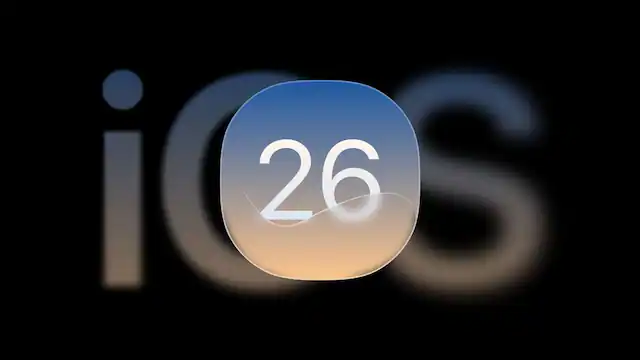Apple Inc. is reportedly considering making the biggest significant change to its operating system names yet, as part of a software update affecting all of its devices.
According to those familiar with the topic, the next Apple operating systems will be identified by year rather than version number. That means the current iOS 18 will be replaced by “iOS 26,” reported Bloomberg. Other updates will include iPadOS 26, macOS 26, watchOS 26, tvOS 26, and visionOS 26.
Apple is changing its branding to be more consistent and to move away from an approach that users and developers may find confusing. Today’s operating systems, such as iOS 18, watchOS 12, macOS 15, and visionOS 2, use distinct numbers because their initial versions did not launch simultaneously.
By Gamuchirai Mapako
The business will announce the change during its Worldwide Developers Conference on June 9. The branding will be accompanied by new user interfaces across the operating systems in an effort to create a more consistent experience when consumers switch across devices. Bloomberg News reported last week that the new look, internally known as Solarium, will combine tvOS, watchOS, and parts of visionOS.
The latest name technique is similar to those used by Samsung Electronics Co. and Microsoft Corp.
Following its introduction year, Samsung rebranded its flagship Galaxy S phone line the Galaxy S20. That device’s predecessor, the Galaxy S10, launched in 2019 and represented the 10th generation. In 1995, Microsoft began naming major operating systems after the year they were released, beginning with Windows 95, followed by Windows 98, and Windows 2000.
The main difference is that Apple will utilise the coming year rather than the current one. Though its next operating systems will be released around September 2025, they will be named after 2026, just how automobile makers sell their vehicles. If Apple sticks to this practice, the next round of releases will be labelled 27.
Apple previously tried something similar with its software bundles for productivity and creativity tools. In August 2007, it released iWork ’08 and iLife ’08. This was followed by iLife ’11, which went on sale in October 2010.
As part of the upgrades, Apple intends to provide the iPad a more Mac-like experience, potentially increasing its usefulness for office work. In addition, the business is making its AI models available to third-party developers, allowing them to access the underlying technology that powers the Apple Intelligence platform.
Other new features for this year include a live-translation mode for AirPods and Siri, as well as an eye-scrolling option for the Vision Pro headset. In terms of artificial intelligence, Apple is developing health features and an AI-powered energy management mode.
There will also be a new bidirectional Arabic and English keyboard, a digital calligraphy pen for Apple Pencil users, and a new gaming software for iOS devices.













Comments